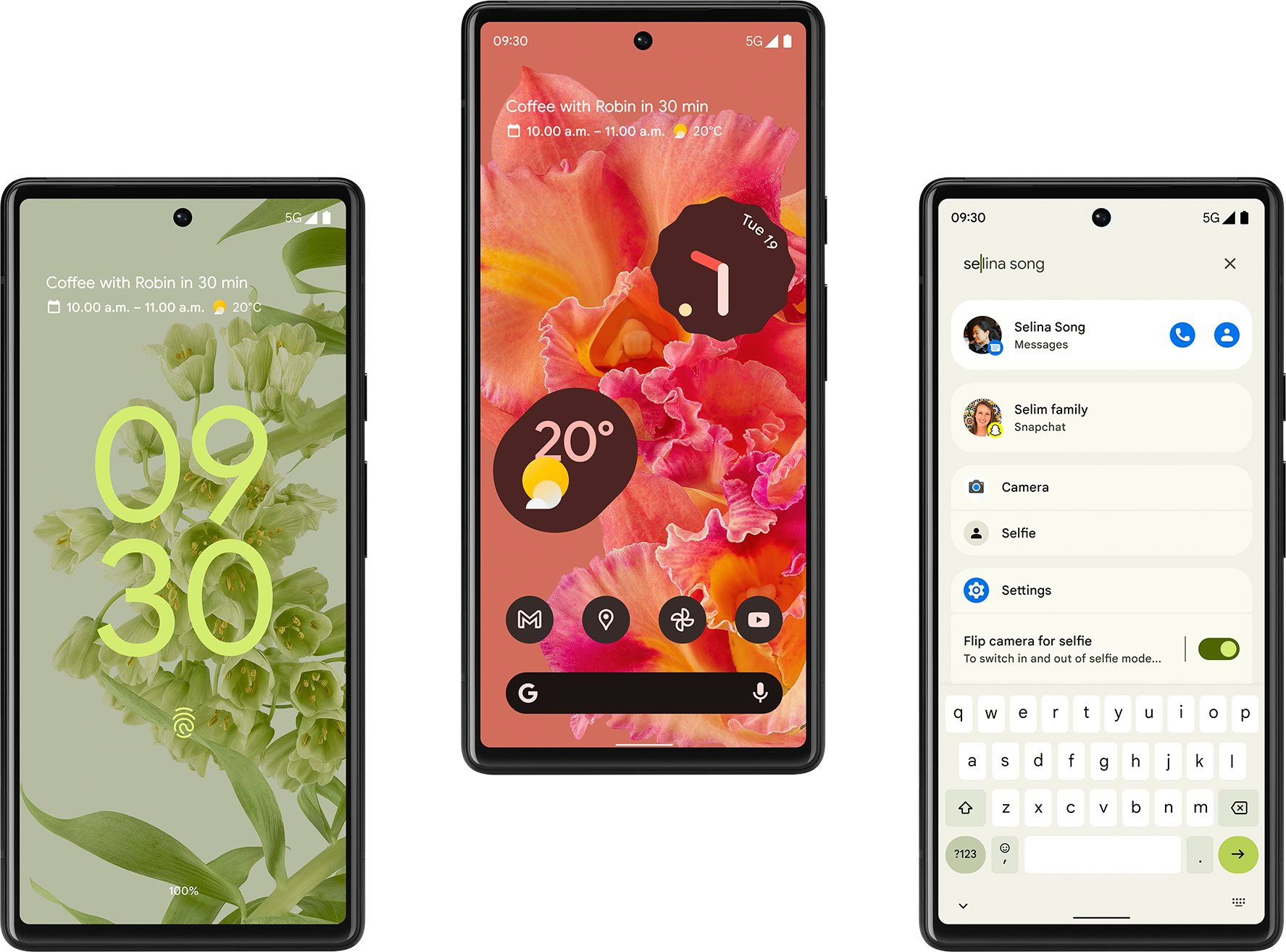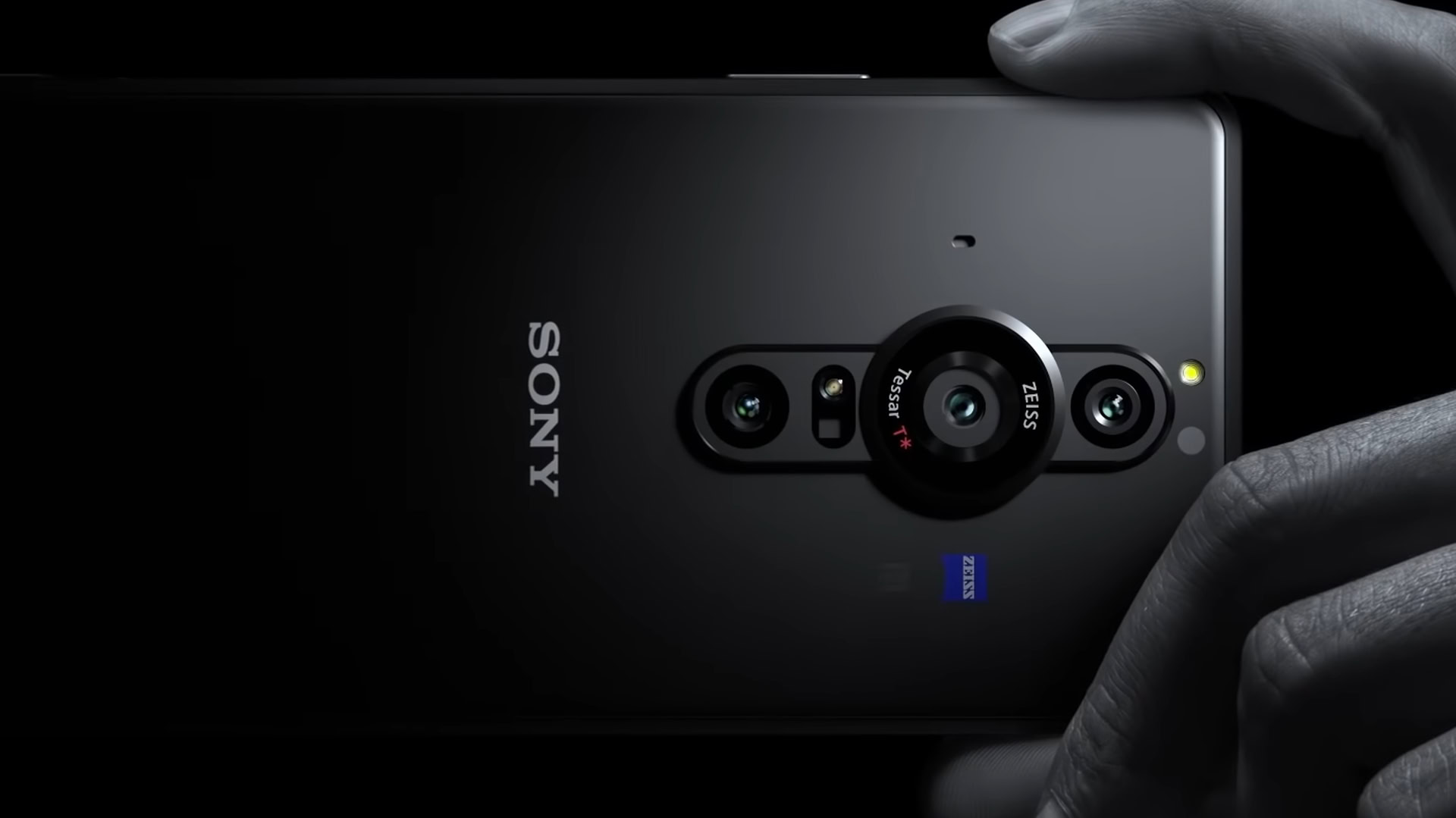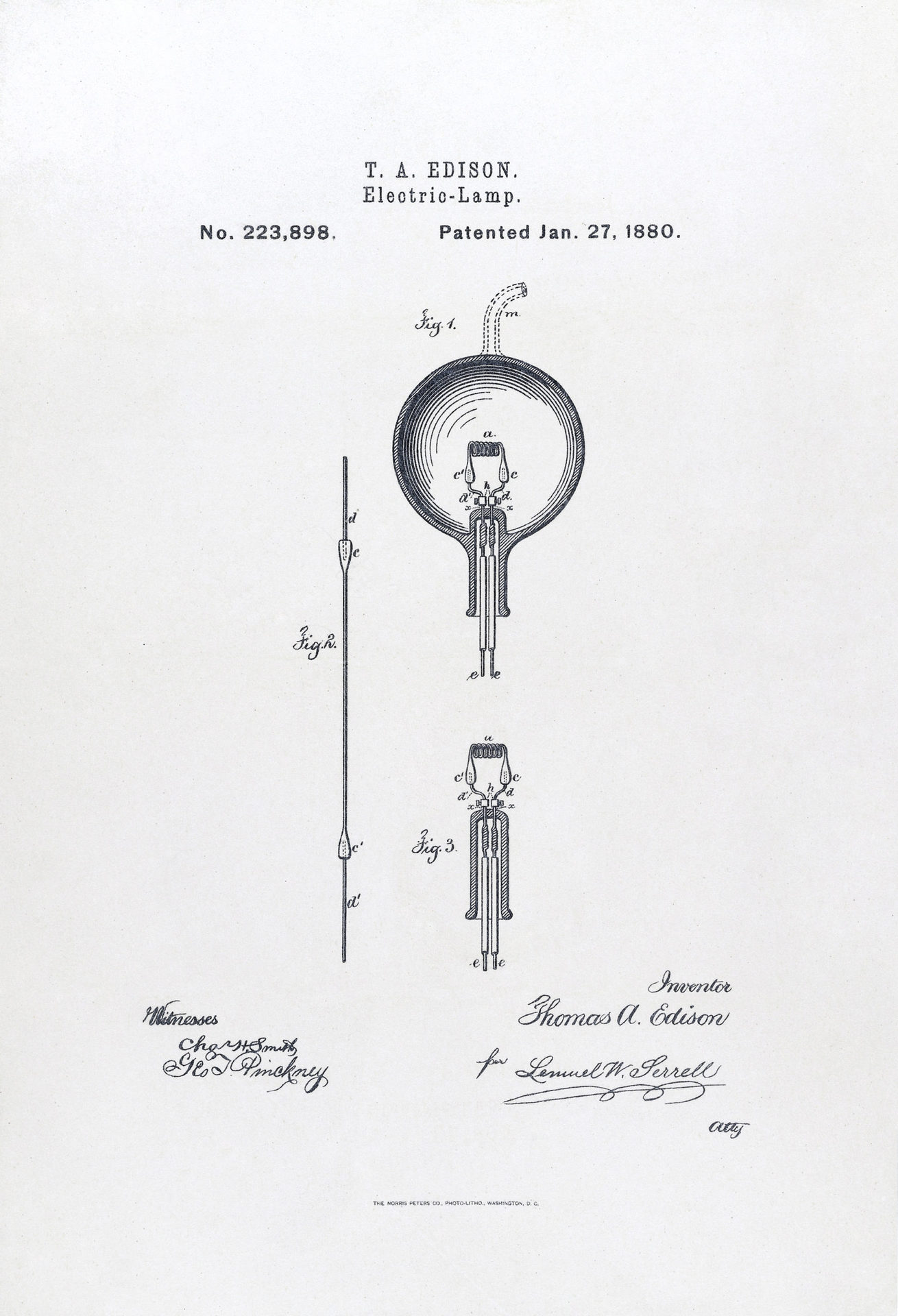Affiliate links on Android Authority may earn us a commission. Learn more.
⚡ Welcome again to The Weekly Authority, the Android Authority newsletter that breaks down the top Android and tech news from the week. This week the 165th edition fills you in on everything tech you might have missed...
🎃 Halloween's right around the corner so I've been busy decorating the house while also watching all the Halloween films. The first one's still my favorite.
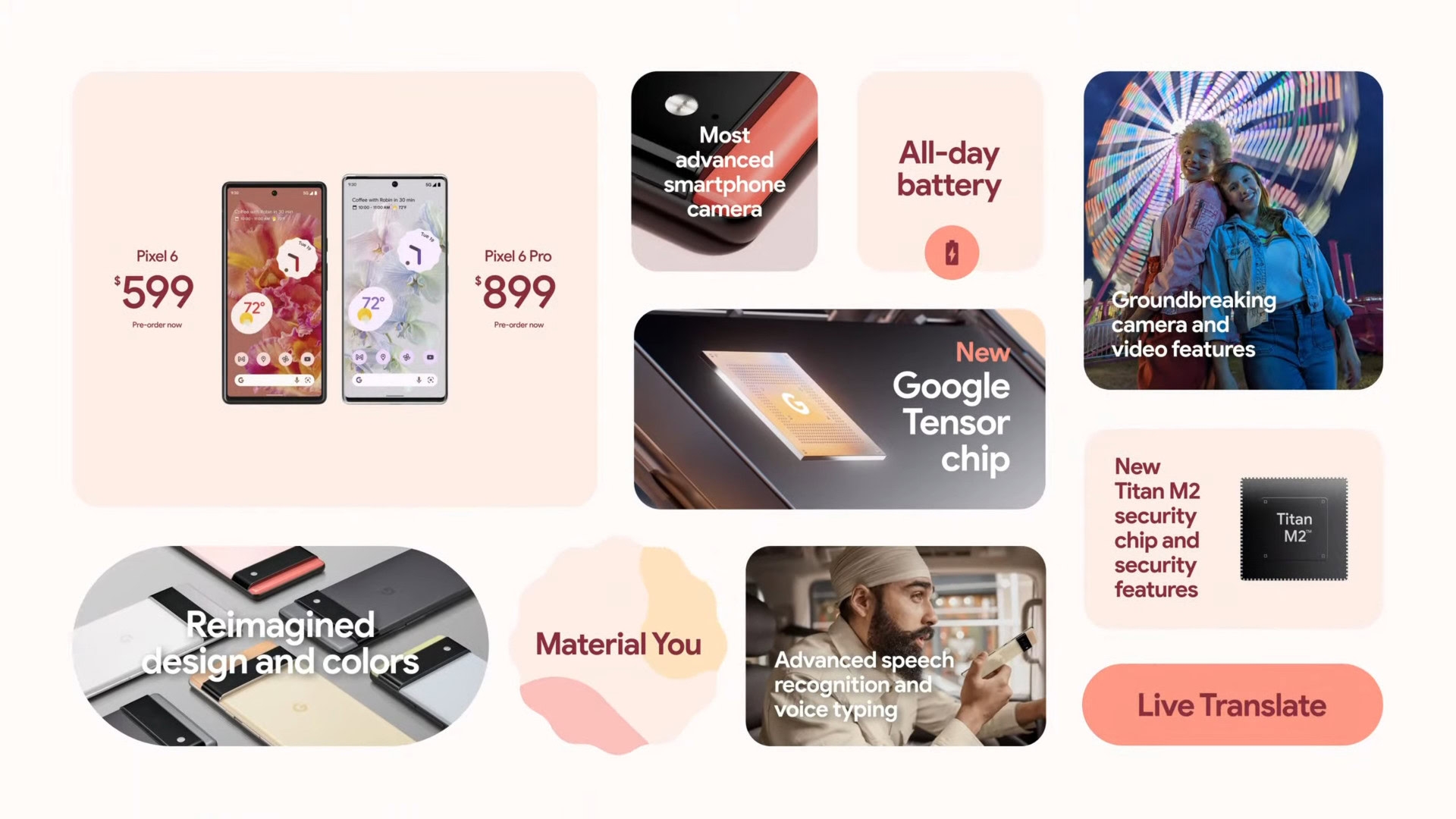
Google:
- The Pixel 6 and Pixel 6 Pro launched at Google’s Tuesday event, available to preorder now — despite the Google Store briefly going down — and on shelves October 28. Wondering how big it is compared to other phones? We’ve got some comparisons for both the Pixel 6 and the 6 Pro. And if you’re curious how the chip shapes up, check out our Google Tensor chip vs the Snapdragon 888 series comparison.
- The Pixel Pass lets you pick up a Pixel 6 plus extras for one monthly price, starting at $45 a month with a two-year commitment, only in the US for now.
- Meanwhile, Android 12 was finally released, but you might not be able to get it yet, unless you’ve got a Google phone. Google’s also planning to release more beta features starting in December.
- And Google will cut its Play Store fees for subscription-based apps from January 1, 2022: down to 15% from its blanket 30% cut.
Apple:
- Apple Unleashed event on Monday saw the launch of new 14- and 16-inch MacBook Pros, and new chipsets M1 Pro and M1 Max, which are billed to further beat Intel. Also, AirPods 3, and more.
- But it looks like the chip shortage has finally hit Apple: orders for Apple’s newest products won’t ship until November or December.
Samsung:
- Samsung’s final Unpacked event of the year on Wednesday, which my colleagues agreed was easily its weakest and most pointless, saw the launch of new phones, just the “Galaxy Bespoke,” offering US customers over 49 color combinations to customize the Z Flip 3 Bespoke Edition and Watch 4.
- Meanwhile, a leak surfaced showing what seems to be a Galaxy S22 backplate — but take it with a huge grain of salt, and a chip rumor this week also suggested the phone would have two editions: an Exynos 2200 version and a Snapdragon 898 version. This could be bad news for US shoppers, as the Exynos 2200 chip, usually in models sold in Europe, reportedly comes with a new GPU made in partnership with AMD.
- It looks like the Galaxy S22 won’t get storage expansion either, a bit of a blow.
- Renders for the Galaxy Tab S8 also leaked this week.
Huawei:
- The Huawei Nova 9 launched at Thursday’s Huawei events in Europe, — it hits shelves in November for €499 and the starry blue finish is pretty eye-catching.
- Meanwhile, it looks like we’ll be waiting a while for the P50 Series global launch: some time at the beginning of next year, most likely.
Microsoft:
- Microsoft released the first preview version of its Android app support in Windows 11: It works surprisingly well, but only for beta testers in the Windows Insider program, for now.
- And Surface Duo 2 reviews are in: It fixes a lot of the original Duo’s wrongs, but still feels like a device that doesn’t fulfill its $1,500 price tag by a longshot.
Elsewhere:
- OnePlus dropped the price of the OnePlus 9 series in the US, but only temporarily.
- Meanwhile, Oppo’s reportedly developing custom chipsets for its premium phones, could arrive by 2023 — and could reveal its first foldable next month.
- And the Redmi Note 11 will launch on October 28, may feature a quad rear camera, a 3.5mm headphone jack, and JBL speakers.
- Also this week: Facebook is rebranding and we could see a new name announced as early as Monday.
- Finally, this week in science: aided by stem cells, a lizard regenerates a perfect tail for the first time in more than 250 million years.
Movies/TV:
- Dune landed in cinemas and online on Thursday: big on spectacle but very much a “Part One” rather than a movie with a satisfying ending.
- A new trailer for The Batman is here, looking suitably dark and brooding.
- Night Teeth hit Netflix and it’s a pretty original take on vampire horror to get your teeth stuck into.
- And Squid Game is set to generate $900m in value for Netflix, but will we see a season 2?
- Also this week: Disney delayed several releases including the fifth Indiana Jones movie and the Black Panther sequel.
Gaming:
- The Day Before will also be coming to consoles, but only Xbox Series X and PS5, not PS4.
- Razer launches new gaming headsets, chairs, and a facemask at Razercon 2021: We’re eyeing the Razer Enki Pro.
- God of War is coming to PC in January: It’s finally listed on Steam, available on January 14.
- And PUBG: New State hits Android and iOS on November 11.
- Good news: You can finally reunite with your friends in New World as server transfers launch in all regions after weeks of delays, though now there’s a currency crisis causing prices for goods to drop.
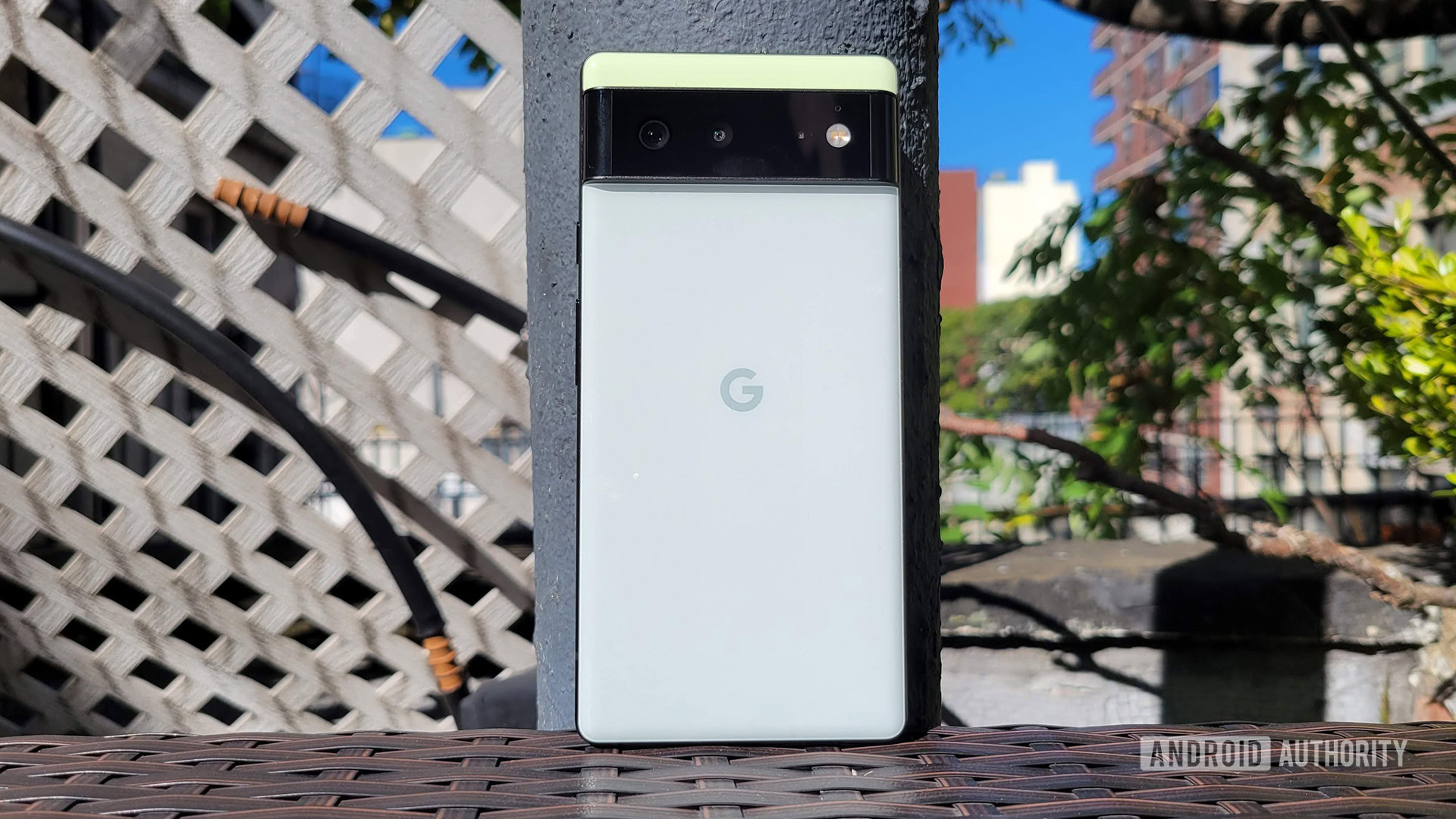
- Google Pixel 6 hands-on: Bigger, bolder, and more divisive than expected — “Aesthetically, the Google Pixel 6 is likely to be a love-it-or-hate-it affair for most buyers.”
- Google Pixel 6 Pro hands-on: Taking the kitchen sink approach — One of Google’s most premium offerings with heavy-duty hardware and a fantastic screen.
- Fossil Gen 6 review: Fighting with one hand behind its back — More of a generalist’s smartwatch, and you’ll need to wait a year for the Wear OS 3 update.
- Apple iPad Mini (2021) review: This one’s just right — “The iPad Mini is easily the best small tablet on the market, finally offering something for everybody.”
- Huawei Watch 3 Pro review: Skin-deep beauty — Smart looking, but let down by sub-par fitness tracking and a sparse app ecosystem.
Features
- Change my mind: The Pixel 6 design is amazing, actually — Ryan Haines weighs in with his opinion on Google’s latest (Android Authority).
- Android 12 features: Everything you need to know about Google’s latest OS — You might not be able to get it yet, but when you do, this is the only guide you need (Android Authority).
- Dune puts an epic franchise ahead of its epic story — Dune: Part One would be a more accurate title (The Verge).
- Glaciers are melting. One ski resort is fighting back: Trentino in Italy is using new tech to fight glacial melt (Wired).
- Podcast: Twenty Thousand Hertz has released a three-part series for Blindness Awareness Month this October —Video(less) Games looks at how blind gamers build worlds through sound (20k.org).
- China’s latest craze: Scripted murders, with real tears and piracy — Like a murder mystery dinner, but more intense (The New York Times).
This week we’re diving into tech history with a look at American inventor Thomas Edison.
On this week in 1879 — October 21, to be precise — Edison perfected the first commercially practical incandescent light bulb. Although it didn’t last quite as long as bulbs do today, racking up just 13.5 hours of light before burning out, his later attempts lasted longer, extending the bulb’s lifespan to around 40 hours.
Many people think Edison invented the light bulb, but that’s simply not true.
- The light bulb was actually invented by a British scientist called Warren de la Rue, back in 1840. Warren’s invention use a coiled filament made of platinum, but due to the cost of the materials, it never became a success commercially.
- He was far from the only one to have a go at inventing light bulbs: Back in 1800, Alessandro Volta, an Italian physicist, chemist, and electricity pioneer — also credited as the inventor of the electric battery — was already carrying out his own experiments. In 1799, Volta invented the voltaic pile, an early form of electric battery, proving that electricity could be generated chemically.
- There were others creating early incandescent lamps too, but all attempts were commercially impractical, requiring the use of a high electric current and with an extremely short lifespan.
But back to Edison: He didn’t perfect the light bulb as we know it today on his first attempt. In fact, Edison began working on creating an incandescent lamp for indoor use almost 18 months before his success, using a filament made of carbonized cardboard that burnt out too fast.
- He later experimented with different filaments, using palmetto, hemp, and various grasses, finally settling on bamboo. In total, he tested more than 6,000 vegetable fibers, ran 1,200 experiments, and spent $40,000.
- After his success on October 21, Edison filed for a US patent on November 4, 1879, granted January 27, 1880.
- A few months after the patent was granted, Edison discovered carbonizing the bamboo filament gave the bulb a lifespan of over 1,200 hours.
Edison went on to form the Edison Electric Light Company in New York City, demonstrating his light bulb for the first time in public on December 31, 1879. During the demonstration, he said, “We will make electricity so cheap that only the rich will burn candles.”
Things you never knew about Thomas Edison
- The light bulb wasn’t Thomas Edison’s first foray into inventing. In 1869, he invented the Electrographic Vote-Recorder, to speed up the voting process. No more shouting “Yes!” or “No!” Just flip a switch, and votes would be counted electronically. Politicians weren’t fans of the invention, and as a result, it was a total flop.
- In 1877, he invented the phonograph — or record player, as we know it today — but he can also be credited with inventing the fluoroscope, the tasimeter, and the electromechanical design for the Kinetograph, a motion picture camera.
- After the phonograph’s debut, Edison began work developing creepy talking dolls with tiny phonographs that played children’s songs and “spoke” lyrics. He only sold 500 dolls, and critics said they couldn’t understand what the dolls were saying, so they never really took off.
- Love cat videos? Thomas Edison made one of the first. In 1893, he built The Black Maria (known better as “The Dog House”), one of the first movie studios, at his labs in West Orange, New Jersey. During its time it made several short films, including the above movie about boxing cats…
- Nikola Tesla worked briefly with Edison. The inventor and engineer was hired on June 8, 1884, and started work at the Edison Machine Works as an Electrical Engineer, earning $100 a year. He only stayed for six months, attempting to convince Edison of the potential of AC, before securing investment and selling patents that relied on AC to the industrialist George Westinghouse.
- The Tesla-Edison feud was definitely a real thing, but the two men weren’t the staunch enemies they were made out to be. When Tesla lost his lab following a fire in 1895, Edison offered him a workspace. When Edison gave a lecture for the American Institute of Electrical Engineers, Tesla ensured he received a standing ovation.
- October 26: Sony Xperia launch @ 11PM ET
- October 26: Palm Bud Pros launch
- October 27-28: 2021 Android Dev Summit
- October 28: Redmi Note 11 launch
- November 18-19: MediaTek Executive Summit
Tech Tweet of the Week
First: Can you believe it’s now backordered until November?
I GOT THE NEW POLISHING CLOTH ! pic.twitter.com/lMMrw9tNSI— Sam Kohl (@iupdate) October 20, 2021
And this is everything…
The angry little face as the green beans get snapped.I’ve been laughing at this for an embarrassingly long time. pic.twitter.com/jnR0P9kdGG— Daniel Holland🎗🏴 (@DannyDutch) October 16, 2021
Have a de-light-ful week (sorry!)
Paula Beaton, Copy Editor
